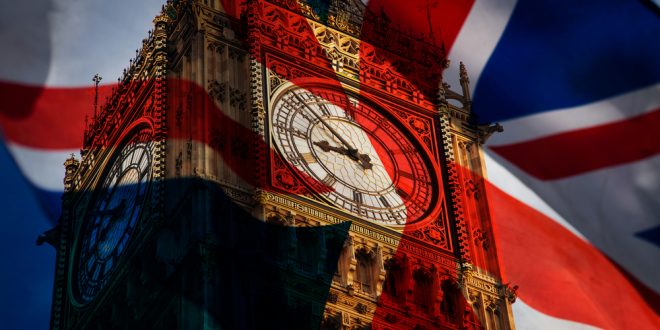The United Kingdom’s inflation rate rose to 3% in January, surpassing the 2.8% forecast by economists, according to data from the Office for National Statistics (ONS) on Wednesday.
Key Highlights:
- Inflation accelerated from 2.5% in December to 3% in January.
- Core inflation (excluding energy, food, alcohol, and tobacco) rose to 3.7% from 3.2% the previous month.
- Services inflation increased to 5% from 4.4% in December, though slightly below the 5.2% forecast.
- The rise was driven by higher food costs (meat, bread, cereals) and private school fee hikes due to the removal of a government VAT exemption.
- Transport inflation also increased due to a smaller-than-usual drop in airline fares and rising fuel costs.
Implications for the Bank of England (BoE)
- ING economists noted that services sector inflation, a key concern for the BoE, showed signs of improvement despite the overall rise in inflation.
- The bank’s measure of “core services” inflation (excluding volatile components) declined to 4.2% from 4.7% two months ago, indicating a gradual downtrend.
- The BoE delivered its first interest rate cut of the year earlier this month, lowering the benchmark rate to 4.5% due to sluggish economic growth and easing inflationary pressures.
- While the BoE expects headline inflation to rise to 3.7% by Q3 2025, it anticipates a return to the 2% target by 2027.
Market Outlook & Policy Expectations
- Capital Economics strategists believe the inflation uptick won’t derail BoE rate cuts but could slow the pace of easing.
- The central bank is likely to maintain a cautious approach, balancing inflation concerns with economic growth prospects.
- Investors will be closely watching future BoE statements and economic data to gauge the likelihood of additional rate cuts in 2024.
The latest inflation data underscores persistent price pressures in key sectors, but the broader disinflation trend may support further monetary easing in the coming months.
 Noor Trends News, Technical Analysis, Educational Tools and Recommendations
Noor Trends News, Technical Analysis, Educational Tools and Recommendations





